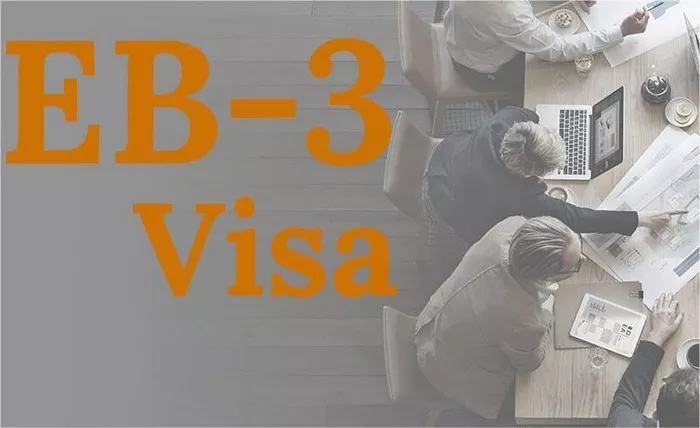The EB3 visa is a vital pathway for skilled workers, professionals, and other workers seeking employment opportunities in the United States. It offers a chance for individuals with specific skills or abilities to obtain lawful permanent residency in the U.S., thereby opening doors to numerous career and lifestyle possibilities. However, the process of obtaining an EB3 visa involves various costs that applicants need to consider. This article aims to provide a comprehensive breakdown of EB3 visa costs, factors influencing these costs, a comparison with other visa options, and tips for managing expenses effectively.
Breakdown of EB3 Visa Costs
1. Government Filing Fees:
The United States Citizenship and Immigration Services (USCIS) charges several fees associated with the EB3 visa application process. These fees typically include the Form I-140 Immigrant Petition for Alien Worker filing fee, Form DS-260 (if consular processing is required), biometric services fee (if applicable), and the immigrant visa application processing fee. As of 2024, the filing fee for Form I-140 is $700, while the immigrant visa application processing fee varies based on factors such as the applicant’s age and visa category.
2. Attorney Fees:
Many EB3 visa applicants choose to hire an immigration attorney to navigate the complexities of the application process. Attorney fees can vary depending on factors such as the attorney’s experience, the complexity of the case, and the services provided. Typical attorney fees for EB3 visa applications range from a few thousand to several thousand dollars.
3. Additional Expenses:
In addition to government filing fees and attorney fees, EB3 visa applicants may encounter various additional expenses throughout the application process. These expenses may include document translation and certification fees, credential evaluation fees (if academic or professional credentials are obtained outside the U.S.), travel expenses for interviews or medical examinations, and potential relocation costs.
Factors Influencing EB3 Visa Costs
1. Country of Origin:
The country of origin can significantly impact the EB3 visa process and associated costs. Each country has a limited number of visas available annually, and applicants from countries with high demand may face longer wait times and increased competition. Additionally, applicants from certain countries may be subject to additional requirements or documentation, potentially leading to higher expenses.
2. EB3 Visa Subcategories:
The EB3 visa is divided into several subcategories, including EB3(A) for professionals with advanced degrees, EB3(B) for skilled workers with at least two years of experience, and EB3(C) for unskilled workers in positions that require less than two years of training or experience. The specific requirements and qualifications for each subcategory may influence the complexity of the application process and associated costs.
3. Employer Sponsorship:
In most cases, EB3 visa applicants require sponsorship from a U.S. employer who is willing to hire and petition for them. While some employers may cover the costs associated with the visa application process, others may expect the applicant to bear these expenses. The level of employer support can vary and may impact the financial burden on the applicant.
Cost Comparison: EB3 vs. Other Visa Options
When considering immigration to the United States, prospective applicants often compare the costs and benefits of different visa options. In comparison to other employment-based visa categories, such as the EB1 and EB2 visas, the EB3 visa is generally more accessible to a broader range of applicants due to its lower eligibility requirements. However, the costs associated with the EB3 visa can vary depending on individual circumstances and preferences.
Tips for Managing EB3 Visa Costs
1. Self-Filing vs. Attorney Representation:
While hiring an immigration attorney can provide valuable expertise and guidance, it is essential to weigh the associated costs against the benefits. Some applicants may choose to navigate the EB3 visa process independently to save money, particularly if their case is relatively straightforward. However, others may prefer the peace of mind and assurance that comes with professional representation.
2. Payment Options and Financial Assistance:
It is essential to explore available payment options and financial assistance programs to help manage EB3 visa costs. Some employers may offer to reimburse or cover certain expenses related to the visa application process. Additionally, applicants may consider alternative financing options, such as personal loans or crowdfunding campaigns, to offset the financial burden.
Conclusion
Obtaining an EB3 visa is a significant step towards achieving one’s professional and personal goals in the United States. While the process involves various costs and complexities, careful planning and consideration can help applicants navigate the journey successfully. By understanding the breakdown of EB3 visa costs, identifying factors that influence expenses, comparing visa options, and implementing cost-saving strategies, applicants can embark on their EB3 visa journey with confidence and clarity.


